Attractions
Search for interesting attractions by type and / or area or by keyword, end by pressing "Show results"
11 Search results, page 1/1
Clear filters-
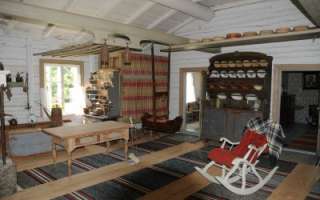
In the Isokyrö Museum can be seen peasant artefacts from the latter half of the 19th century. Everyday utensils are displayed as if the people of the house had just gone to their work outside and left the house for the day. The visitor rather steps into a genuine 19th century milieu than an exhibition.
The museum is characterized by two traditional 1½-storey Ostrobothnian houses. They are grouped with the outbuildings in a way typical for a traditional courtyard. The main building, the Piuhola house, dates back to 1768 and has been moved to the area from the Kuivila village. The buildings represent the building traditions of the 18th and 19th century. The artefacts in the museum also originate from that period.
http://www.museiportalosterbotten.fi/museum-a-o-en/museum/69-isokyro-museum-and-carolinian-centre
-
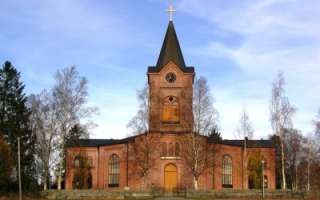
This church building is from 1877.
+358 6 471 5800
isonkyron.seurakunta@evl.fi
-
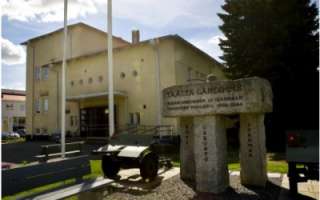
In the Isokyrö War Museum are displayed objects and stories from all the wars waged by Finland. The specialty of the museum is the cannon park, where there are nine different kinds of cannons on view.
In the War Museum one can with the help of items and guidance get acquainted with the Gudgel War (a peasant uprising in the kingdom of Sweden in the part that is now Finland), the Hakkapeliittas (Finnish light cavalryman), the Carolinians, the Finnish War in 1808-1809, the First World War, the Civil War in 1918, and the Second World War in 1939-1945. In the vitrines are exposed soldiers’ uniforms and helmets, rifles and other equipment. One can see in the museum men’s attires from the period of the Gudgel War, a file soldier with his wife, an ensign’s uniform from the year 1918, a festive uniform of a lieutenant colonel and the uniform belonging to a member of the Lotta Svärd organization during the Second World War.
One of the museum’s pearls is a park with nine different kinds of modern era cannons. Here you can see for example an infantry cannon dating back to 1936, a field cannon dating back to 1938 and other cannons from Russia, Finland, Switzerland and Sweden. A Russian horse-drawn field cannon from the year 1902 is one of the oldest weapons in the park. The cannons are no longer in working order, as they have been defused.
http://www.museiportalosterbotten.fi/museum-a-o-en/museum/70-isokyro-war-museum
-
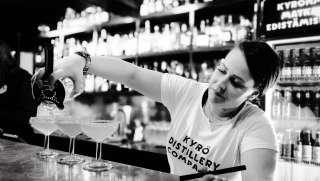
Distillery full of stories, scents and tastes
Kyrö Visitor Center is located at the distillery premises in the picturesque village of Isokyrö on the banks of the river Kyrö. We are open on Saturdays For group reservations we are open around the year. Our restaurant kitchen is open only for group reservations. At the Visitor Center you will hear the story of Kyrö in our distillery tours, get to taste the delicious ryeful products in tastings, and, of course, enjoy our wonderful cocktails served in our lovely restaurant. You can also catch art exhibitions from local artists and purchase delightful Kyrö items at our distillery shop.
Check the company’s web page, for more information about private and public tours.
You can also visit virtually.
visit@kyrodistillery.com
-
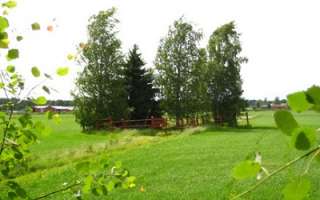
The site colloquially known as Leväluhta sacrificial spring is an internationally significant water burial ground from the Iron Age, where bones from nearly a hundred individuals have been found. According to studies, the burial ground was used between the years 300 – 800 AD.
Over its thousand-year existence, Leväluhta’s shape has changed as a result of land uplift effects. Leväluhta is one of Finland’s most famous archaeological sites and it holds international importance.
Burying in water was also rare during the Iron Age; cremation of the dead was the prevailing tradition. The reasons for the submersion in Leväluhta are unknown. Even with today’s research, the entire history of Leväluhta is not known. The bones found in the water grave are unusually well-preserved because they have been submerged in oxygen-free clay.
Over the centuries, the spring that bubbles red in the spring has sparked people’s imagination, and one can only guess what was thought of it during the Iron Age. The mysteries persist, and the site changes as the land rises. Will the true knowledge of the past emerge?
https://isokyro.fi/vapaa-aika-ja-matkailu/matkailija/historia-ja-kulttuuri/levaluhdan-vesikalmisto/
-
Nature trails and hiking routs in the Vaasa Region
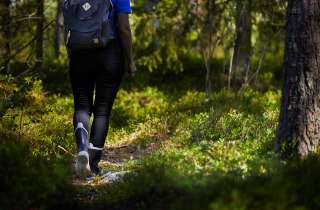
There are many nature trails and hiking routs in the Vasa region. There are paths and routes of different lengths, so everyone will surely find a nice route to hike!
-
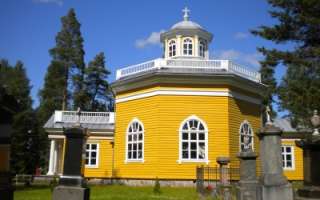
Orisberg church is one of the few private churches in Finland. The Church, designed by architect Carl Ludvig Engel, was inaugurated in 1831.
+358 40 511 9599
orisberg@sana.fi
https://kansanraamattuseura.fi/lomakeskukset/kesakeskukset/orisberg/
-
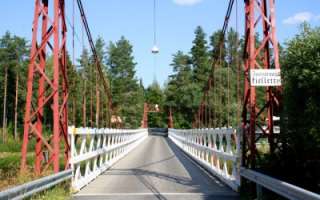
Perttilä’s bridge is Finland’s oldest steel suspension bridge open to traffic. It was built according to a Norwegian model between the years 1909-1910. The wooden deck of the bridge has a total length of 86 meters.
The suspension bridge crosses the Kyrönjoki River at the Perttilä rapids. The suspension bridge is located near the Napue memorial and is still in use.
https://isokyro.fi/vapaa-aika-ja-matkailu/matkailija/historia-ja-kulttuuri/perttilan-riippusilta/
-
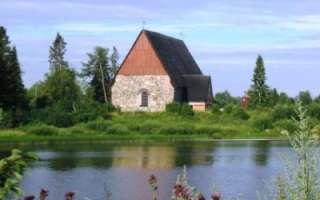
The old church was built in the end of Middle Ages, and it’s oldest part is the sacristy. There is 114 frescos on the church’s walls. The church is closed due to renovations.
https://www.isonkyronsrk.fi/isonkyron-vanha-kirkko/the-old-church-of-isokyro
-
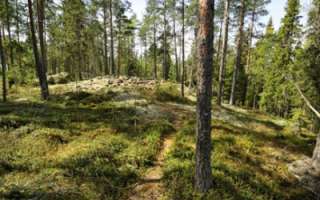
The bronze age cairn cemetery of Tuomaanmäki is located approximately 7 kilometers southwest of the center of Isokyrö, south of Tervaneva, on a wooded and rocky hill area. On the northwest edge of this area, there are six cairns along a distance of about 200 meters. The cairns have diameters of 5-10 meters, and remnants of a stone cist structure are still visible in one of them. Over time, the cairns have been excavated and stones have been removed.
-
Amateur theatre in the Vaasa Region
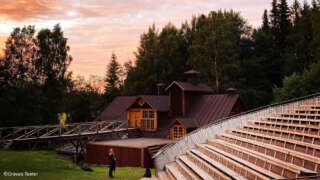
Passionate performances by the region’s amateur theatres are available all year round.
https://www.vaasa.fi/en/see-and-experience/culture-in-vaasa-and-vaasa-region/amateur-theatre/
